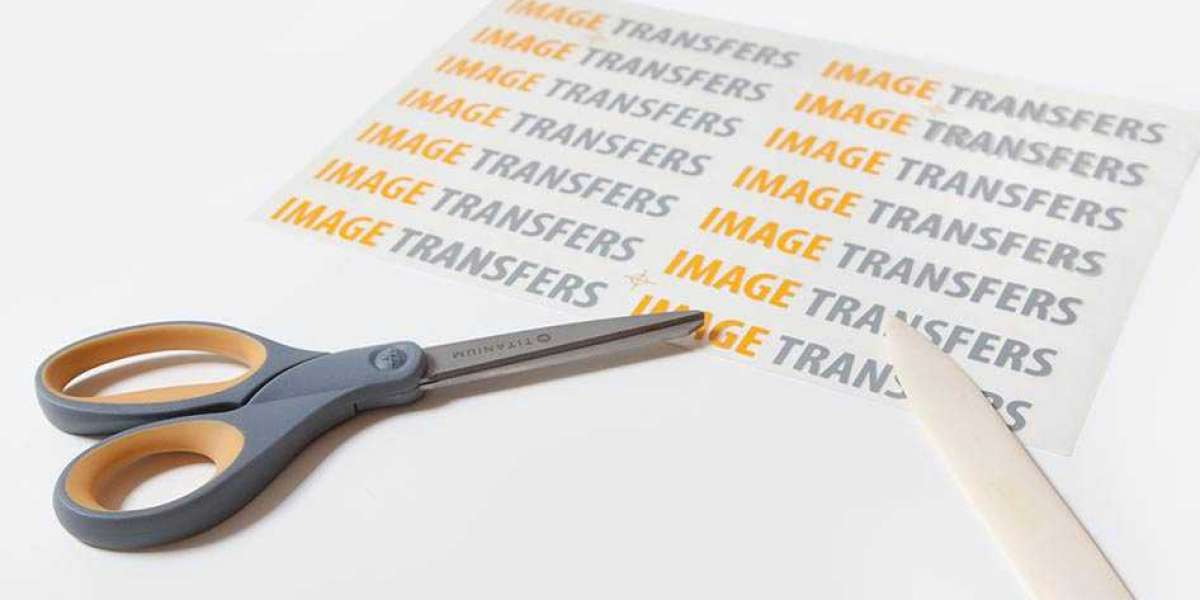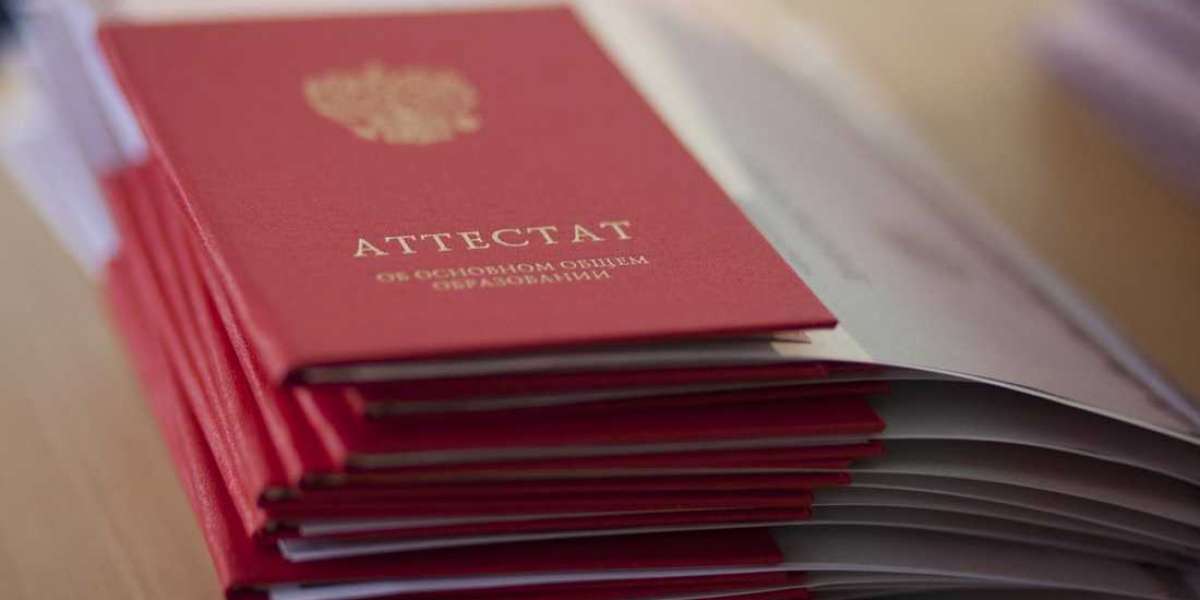From the very earliest dry transfer decals were produced, they were used by industrial designers on their prototypes. It covers a wide range of product samples and spans several decades. But the constant is the high-quality lettering and logos designers create with rub-on decals, even in tiny forms. They're also a favorite for custom musical instruments and many restoration projects where manufactured items are returned to their like-new look. Regardless of your project, when you need to add lettering or a logo to an object, consider custom dry transfers – and you can design them yourself.
Expectations today run high, and nearly everything is manufactured overseas. It means trade shows and sales calls long before final products are available, even with global overnight shipping. Prototypes take their place and need to be realistic. The number of visual elements you can create with rub-on transfers is virtually infinite. They apply in a single step to many objects and surfaces. Going around a curve is no problem as long as you're rubbing decals onto a smooth, clean surface. People trying them for the first time are surprised at the convenience. Even perfectionists approve of their neat looks.
If you have revisions down to the wire on a prototype and it affects the detailing, dry transfer decals are available quickly. Often the turnaround is as little as 24 to 48 hours. It gives you considerable flexibility and allows final ideas to be reflected in prototypes without delay. It gives you added control and lets ideas be finalized until the last minute. It's a stress-reducer for everyone on the project when you have the flexibility and can respond to requests no matter when they occur. If you've used other methods previously, you'll be impressed by the ease of rub-on transfers. Application is instant in most cases.
Paint and glue take time to dry, and with dry transfer decals, there's none of it. They are ready to go from the minute they are applied. It speeds up project completion for prototypes and removes a last-minute variable. There's also no damage to the application surface. If you change your mind, you can remove and replace them with a new design. It takes the risk out of trying ideas, and you have room to change your mind – or improve your thinking. It's no wonder custom dry transfers have become the gold standard for details on product prototypes of every kind. They're convenient and look amazingly good.








